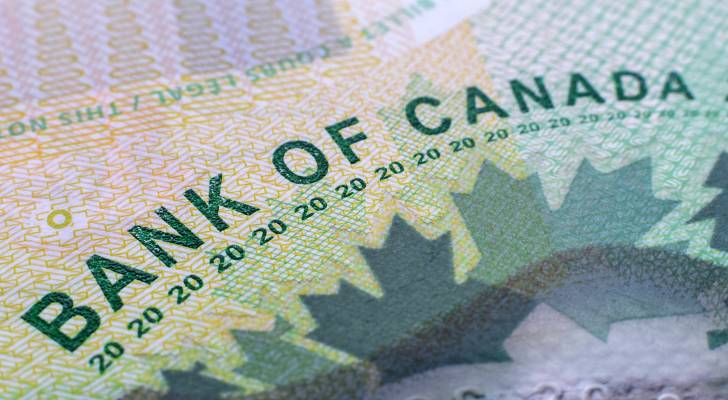Is a rate cut coming in 2025? Here’s what to watch in the next few weeks and months

As inflation slows and consumer spending stalls, many Canadians are wondering when — or if — the Bank of Canada (BoC) will finally cut interest rates. While a rate cut at the next policy announcement on July 30, 2025, seems unlikely, experts are watching several key indicators to assess whether a move is coming before […]
Prime Minister Mark Carney’s $25B spending cuts set to collide with rising unemployment and fuel economic uncertainty

Prime Minister Mark Carney’s plan to slash $25 billion from annual federal spending has triggered widespread concern as the country grapples with rising unemployment and a weakening job market. Economists warn that the timing of deep public service cuts couldn’t be worse. Canada’s unemployment rate rose to 7.0% in May, the highest outside pandemic years […]
Overdue or overhyped? Canadians split on whether Bank of Canada should cut rates on July 30

As the Bank of Canada prepares for its next rate announcement on July 30, Canadian sentiment is heating up — and so is the debate over whether it’s time for another rate cut. According to a new poll conducted by Money.ca, nearly one-third of respondents (29.8%) say a cut is overdue. But almost as many […]
Crush cash flow chaos: How smart credit card use can save you hundreds each year (and make budgeting and saving easier)

With the cost of living still high in many parts of Canada and average credit card interest rates hovering around 21%, managing day-to-day finances has never been more important. While credit cards are often associated with debt, when used wisely, they can be a powerful tool for improving your cash flow, earning rewards, and keeping […]
Love, lies, and $5 million: Winnipeg lottery battle exposes the high price of trust

A Winnipeg man’s $5 million lottery win has turned into a legal saga after his former partner claimed the winnings and allegedly cut off all contact. The case, now before Manitoba’s Court of King’s Bench, offers a stark lesson about the financial risks of informal arrangements in personal relationships. Lawrence Campbell alleges he purchased the […]
BoC walks tightrope: Growth gains hampered by slowing demand making a hold at 2.75% likely

Canada’s economy grew faster than expected in early 2025. But dig past these positive headlines and just about everyone can see that cracks are forming. This is the situation the Bank of Canada economists are in as they make one of its toughest calls yet: lower rates or stay the course? Split economy complicates the […]
B.C. powers up savings and climate action with new heat-pump rebates

British Columbia has unveiled a powerful new rebate program offering up to $5,000 for residents in low-rise condos and townhomes to install electric heat pumps, a move that could slash energy bills and help fight climate change. Announced on July 15 by the Ministry of Energy and Climate Solutions, the two-phase program will first target […]
5 of the best low-risk investments for Canadians that protect your cash — and earn you more in 2025

One of the keys to building wealth is understanding the relationship between risk and reward. Canadians are always on the lookout for low-risk investments, but you must understand that free lunches do not exist. A risk-free investment (like a GIC) has a lower expected return than a high-risk investment (like an individual stock). As an […]
Canada Post strike could delay CPP and OAS: Here’s how seniors can protect their income

The negotiations between Canada Post and its unionized postal workers have been ongoing for more than 18 months and despite a mandate from the federal jobs minister, more than three weeks ago, there’s still been no date set for a vote by Canada Post workers on the “final” contract offer by the Crown corporation. As […]
Crushed by costs: Survey reveals ‘cost of living in Canada’ now the top fear for households (just ahead of BoC rate decision)

Even as Canadians kick back and enjoy exploring their own country or relax into summer while soaking up sunshine rays, many are still struggling with the higher cost of living. As the Bank of Canada prepares for its next interest rate decision on July 30, 2025, a recent survey from Money.ca shows that nearly two-thirds […]